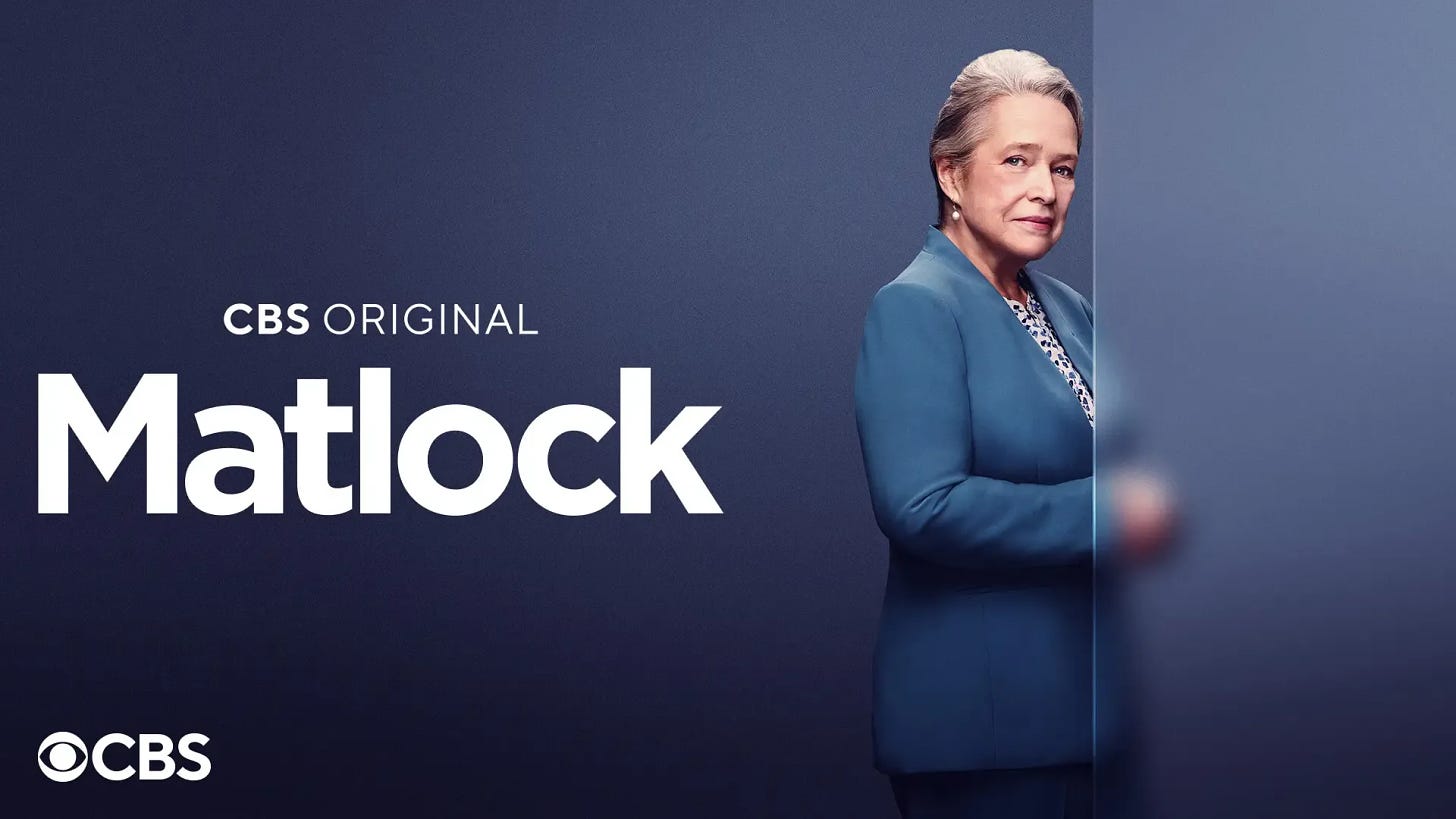$6 nachos reveal market insight. Success: understand and serve your audience. Learn about business empathy.
$6 nachos reveal market insight. Success: understand and serve your audience. Learn about business empathy.
You can learn a lot from a $6 basket of nachos. Recently, a Mexican restaurant in my neighborhood closed down before it even reached its first anniversary.
I often joke that entrepreneurs are a little crazy, and serial entrepreneurs are certifiable. But I have great admiration for restaurant owners. According to recent industry statistics, three out of five new restaurants won’t survive beyond their first year. Yet, every day, new gastropubs, diners, and fine dining establishments continue to open across our country.
There are countless reasons why restaurants fail. I visited this particular eatery during its opening week because I love the energy of new places. The staff was fresh-faced and enthusiastic, the decor was funky and stylish, and the menu often ventured beyond traditional fare.
However, the moment I glanced at the menu, I knew this restaurant wouldn’t last. Instead of offering the complimentary chips and salsa common in Mexican restaurants, this establishment charged $6 for nachos.
If you live in an area where charging for chips or bread is the norm, you might think I’m just being my usual frugal self. But, after spending a few years in my neighborhood and understanding the expectations of local diners, I knew this approach wouldn’t work. Within 24 hours, the restaurant was being criticized on Facebook for daring to charge for chips.
I’m not suggesting that the $6 nachos were the sole reason for the restaurant’s closure & Age Barrier, but first impressions—especially in the restaurant industry—are crucial. How many times have you returned to an establishment after a negative first experience?
Again, three out of five new restaurants fail within a year, and one reason for this is often a failure to understand their market. If you attempt to open a burger joint in a town overflowing with other places serving decent burgers or decide to launch a vegan restaurant in a city that craves red meat, you are asking for trouble.
No one understands their market better than CBS. In the world of show business, many critics look down upon CBS’s content strategy, often branding it as the “network your grandparents watch.” Don’t you think CBS executives would love to take the same creative risks as their trendier colleagues at networks like FX or HBO? They would love to create the next “Euphoria” or “The Bear,” but they understand their audience.
They know their market and double down on it with more crime procedurals and multi-camera sitcoms. This fall, they are introducing a batch of new shows, including a reboot of “Matlock” starring 76-year-old Oscar winner Kathy Bates, and a prequel to their flagship drama titled “NCIS: Origins,” which chronicles a younger version of Mark Harmon’s character in 1991.

While most networks are on the lookout for the next great single-camera comedy like “Curb Your Enthusiasm” or “Arrested Development,” CBS is rolling out a family comedy starring Damon Wayans as a talk radio host in “Poppa’s House.”
It ain’t cool, but it works. CBS finished the 2023–24 season as “America’s Most-Watched Network” in primetime for the 16th consecutive season, boasting four of the most-watched shows on television.
Understanding your market is not just about surviving; it’s about thriving. Whether you’re serving nachos or producing primetime television, success is rooted in aligning your offering with your audience’s expectations and desires. The next time you consider charging for chips in a town that expects them for free, or pitching an avant-garde drama to a network known for comfort viewing, pause and ask yourself: Am I truly serving my market, or am I prioritizing my vision at the expense of my audience?
In business, as in life, empathy and awareness are your greatest assets. Before launching your next big idea, take a moment to understand your audience. Listen to their needs, respect their preferences, and meet them where they are. Ultimately, it’s not just about what you’re offering—it’s about who you’re offering it to.
Remember, the most successful businesses aren’t always the trendiest or most innovative. They are the ones who understand their market so well that serving it appears effortless. That’s a recipe for success that never goes out of style.